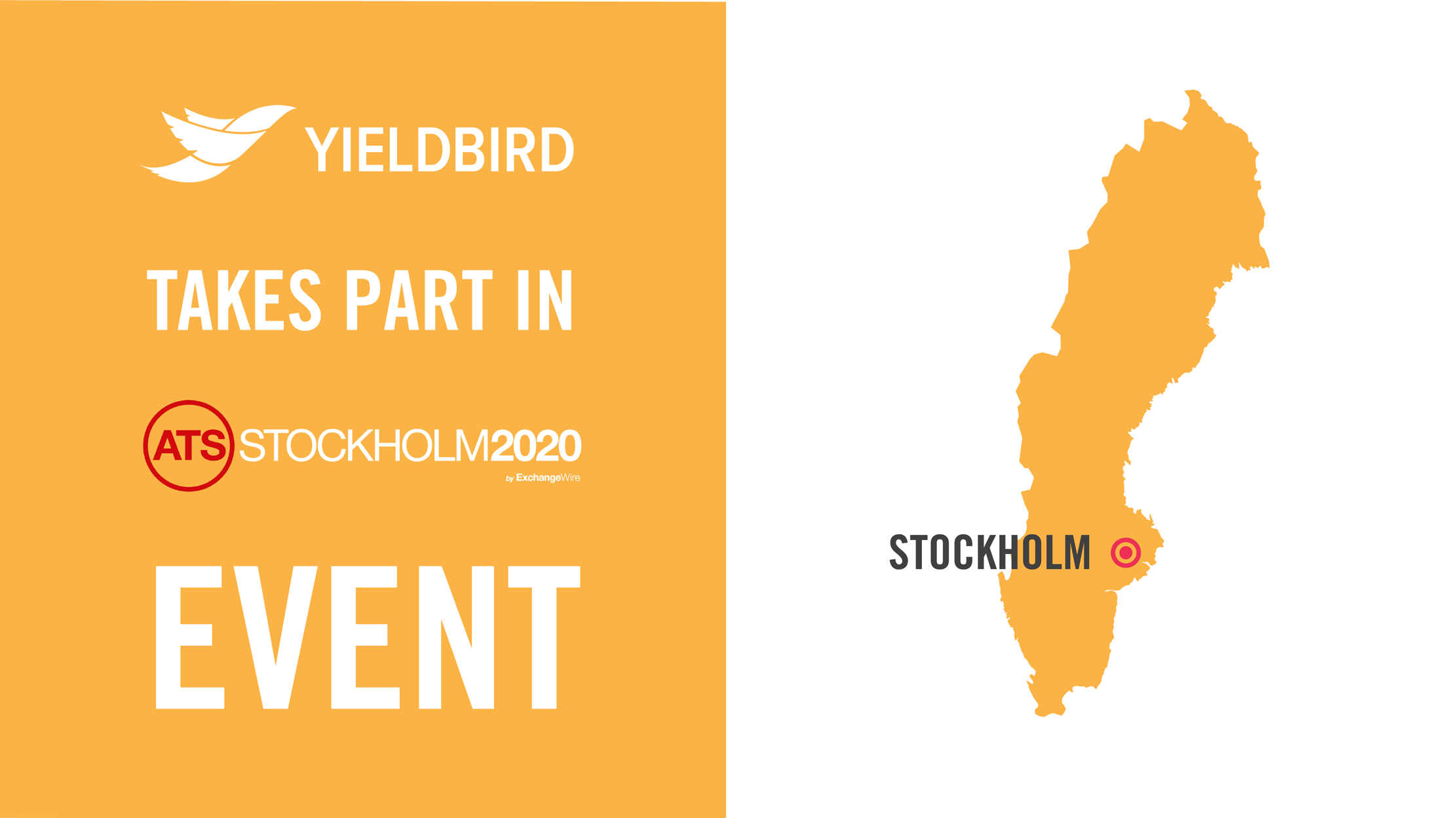How Curation Is Transforming Programmatic Advertising in the Post-Cookie Era
What is Curation? In programmatic advertising, curation refers to the process of selecting and packaging publisher inventory-often within private marketplaces…

There are two types of ad tech conferences: those where the self-promo layer is so thick that the value for attendees is minimal; and those where people take off the corporate mask for a moment and speak openly about the not-so-distant-future challenges that we shall all have to deal with; whilst taking into account the perspectives of all parties: Publishers, Advertisers, and Agencies. Here are our takeaways from the ATS Stockholm, both on and off stage.
ATS speakers and panelists could not however provide specific answers to the challenges facing Publishers over the next two years, because the specific solution is dependent on a number of factors, including the size of the Publishers’ wallets. However, the self-inventing stories, tips, and observations shared on the stage did leave the attendees with inspiring material that can be translated into applicable, in-house strategies.

For the past 20 years, cookies have been fuelling targeted ads. Originally designed for temporary data storage, cookies became a fundamental infrastructure for the web, and used for many purposes. Although most people have no problem with being recognized to a certain extent as they surf the internet, they do not necessarily want to receive overly targeted ads… all the time! Users have begun to demand a greater control of how their data is being used across ad tech. And it seems that the need for anonymous surfing on the Internet is being heard by market regulators and browsers.
As users, we should have the right to surf the Internet anonymously. However, the implementation of major changes, such as withdrawing support for third-party cookies without prior consultation across the digital and advertising industries, has put almost every part of the ecosystem in a precarious position.
Safari and Firefox are already blocking third-party cookies by default. Chrome plans to phase out support for third-party cookies within 2 years. No one knows exactly when – could it happen in 2020? We can only guess.
The withdrawal of cookies by Chrome is a big deal because of its market share – it is by far the most used browser, accounting for more than half of all web traffic, followed by Safari in a distant second place. Indeed, Advertisers are adapting their short-term buying strategies so as to avoid Safari for performance buys, because it is a no-targeting zone.
Publishers have few options in the face of this challenge:
1) wait and see, hoping that the Chrome “solution-revolution” will not significantly reduce their revenues,
2) observe and examine ID solutions prepared by industry consortiums, or
3) take the initiative and prepare a monetization strategy around first-party data.
Most of the Nordic Publishers that made an appearance on the ATS stage declared in favour of strategy 3, which entailed using information directly gathered from consumers. One of the highlights of the conference was a lecture by a representative of the Danish Media Group JP/Politiken Hus, Thomas Lue Lytzen, who described in detail how their group is preparing for a cookieless era by using the company’s own first-party data.
There are a number of arguments in favor of this strategy. It’s privacy-compliant, brand-safe, and allows for leverage power on the part of Publisher recipients. On the other hand, it requires buying or building a technology that will enable the analysis of first-party data. It will also involve training the sales team, and creating a consistent taxonomy.
Regardless of the choice of strategy, it looks like the cost of keeping ad-funded content free of charge will be covered by Publishers.

Living in the privacy-first world will disrupt Programmatic buying, and brand-agency relations will also not remain unaffected by this change. Given the absence of third-party cookies, many Publishers as owners of consumer data will be building walled gardens around their own recipient groupings.
As a result, Advertisers, when making buying decisions, will be forced to navigate between a maze of many walled gardens, and the scale and complexity of the task may prove all too much to handle.
Until recently, the burden of this challenge fell mainly on the shoulders of advertising agencies. But in 2020, brands look set to bring Programmatic buying under their own roof. And that will make the relationship status of brands and agencies more complicated than ever.
Cost savings and the need for transparency are the main reasons why brands are so determined to take Programmatic ad-buying tasks in-house. They want to take back control of the customer journey from third-party partners, and to look for more choice in how they work with agencies. Although commitment to move in-house is not an existential threat to agencies – it makes the service layer even more critical, especially during the transition period. And it will speed up the evolution of the brand/agency dynamic.
The ATS panelists had no doubt that Agencies will continue to have a lot to offer. Merging brand capabilities with the specialist expertise of agencies is a powerful double act. But it will all come down to Agency willingness to act as ‘in-housing consultants’ for Brands committed to bringing advertising activities in-house.
Many believe that the real winners of this (re)evolution will be entities comfortable with the non-binary approach. One of the conference participants made recourse to an interesting metaphor to describe this idea: sometimes I want to eat outside in a beautiful restaurant, and on other days I prefer to eat at home, sitting comfortably with my family on the couch in front of the TV. Both approaches are fine, and they can coexist with each other.
Agencies open to being employed as digital marketing transformation consultants will have a bigger chance of maintaining a relationship with Brands. Advising Brands on best practices to leverage their first-party data in campaigns; setting up the backend architecture; and educating about the most suitable technologies to avail of – these are the areas where next-generation agencies will flourish… and truly make their mark.
All in all, ATS Stockholm provided a plethora of useful insights and practical tips on how to prepare organizations for the upcoming challenges, of which there will be many.
If you are a Publisher and interested in learning more, feel free to drop us a line – we’d love to chat.

Karol Jurga
Chief Revenue Officer
See it in action.